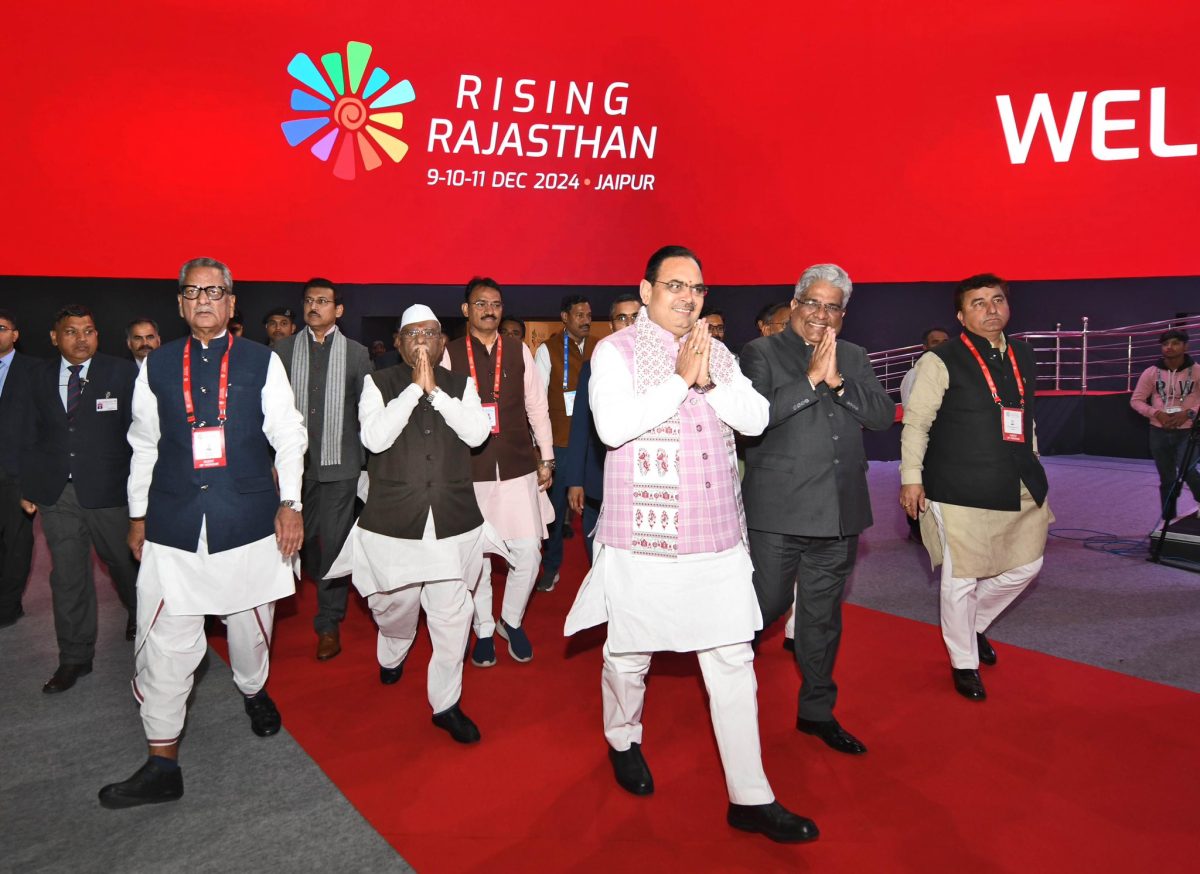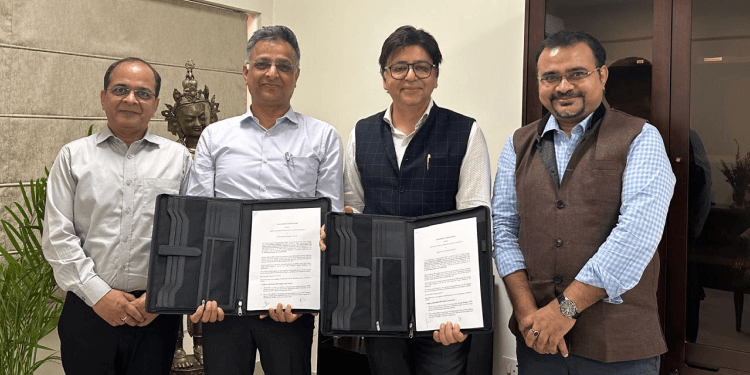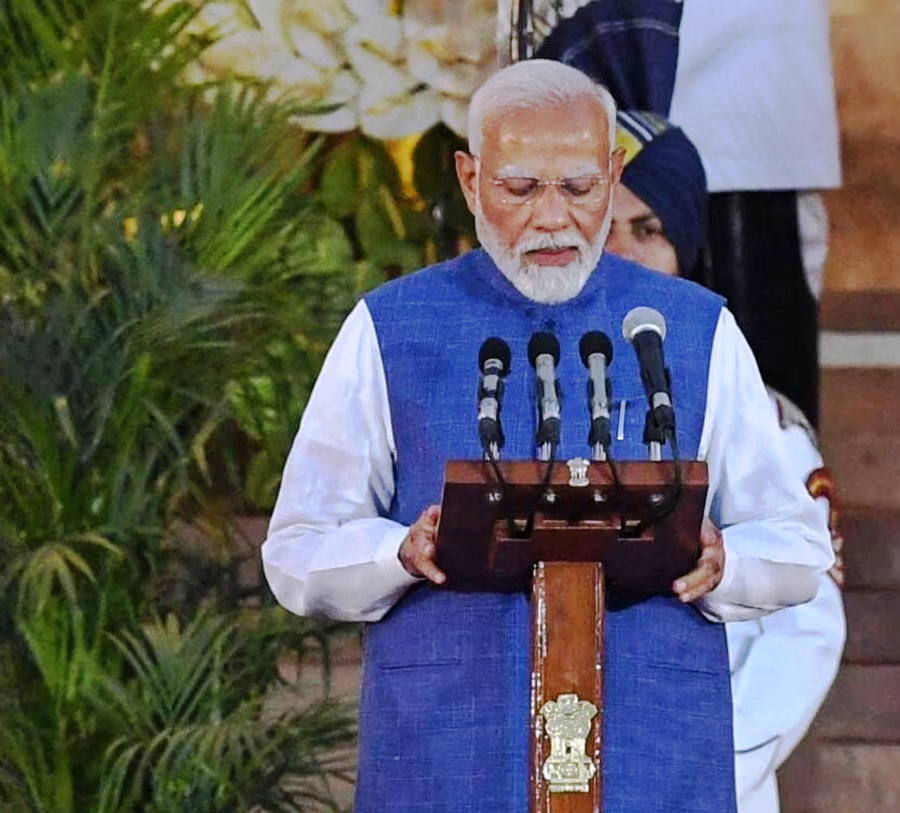
Govt Has Made It Tough For Carpet Manufacturers In Raj
Mahavir Pratap Sharma today wears many hats, and all with a poise. He also relishes the accolades as they drive him to scale new highs. From a carpet exporter, he has diversified his interests into several business verticals including silver jewellery, retail, publishing, and the latest being creating a startup ecosystem. His associations with TiE Rajasthan where he headed the chapter as president in the past, co-founding Rajasthan Angel Investor Network and now becoming the chairman of Carpet Export Promotion Council, Sharma has exhibited his leadership qualities that a few can match. After his election to CEPC recently, Sharma spoke to Business Rankers on a wide gamut of issues the carpet sector in the country is grappling with. Excerpts… Q You have been elected as chairman of the CEPC. How it feels to represent such a national body?
It is a matter of immense pleasure and honour to be leading an organization in the trade to which I have given 30 years of my life. Moreover, the responsibility comes at a time when the international market is changing very fast, and the world economy is in turmoil. For me, challenges are always exciting.
Q How active the CEPC has been in recent years in handling the issues of the industry?
CEPC has been very active and hands-on with the problems and challenges faced by the trade and industry. Carpet is among the few export sectors that has shown resilience, thanks to the efforts of the council, which is always around for the manufacturers.Q Exports are on a downhill slope. What is the outlook for the carpet sector?
Despite odds, the exports in this sector have been growing and increasing. And the outlook seems very bright in the long-term. There might be some difficulties and speed bumps while the EU is reshaping itself.
Q Has the depreciation of the rupee offset the slide in exports?
Not really. The rupee has been pretty much steady and helped the export while making long-term financial commitments predictable. I don’t see that this trend will change. A 5% rate variation in either way in a trade which is high-end will hardly have a meaningful impact.
Q Is new capacity expansion happening right now?
Yes, there is a lot of expansion happening in the lower price point sector of floor coverings. The trend will continue to happen in this direction as floor covering becomes a fashionable item rather than an investment which it used to be earlier. So, there will be opportunities to increase capacity in that segment of the industry.
Q What is the situation of Rajasthan’s carpet industry?
In Rajasthan, the manufacturing sector is struggling due to multiple reasons and many manufacturers who export are shifting to Uttar Pradesh and Haryana for these reasons. The levy of VAT on handmade carpets recently has put the final nail in the coffin of small manufacturers and traders and there will be drastic reduction in weaving of carpets in rural Rajasthan and loss of many rural jobs for many women.
Q What the Centre and the states need to do to improve exports?
They need to support training centres for women in remote villages. They need to resist from levying any taxes on a sector that generates rural employment and is 100% export oriented. What is the point of taxing something when the same will have to be refunded back eventually? Why harass the manufacturer and exporter? Also, the Central government needs to provide help and support in marketing and branding of hand-made rugs across the globe. India’s biggest competition is not with any country but with machine made-rugs. We need to look beyond our times and brand Indian hand-made rugs like Persian rugs.
Q The industry complains shortage of labour. How it is handling the issue?
The Central government and CEPC need to set up and support running training facilities. Also, when the market for high-end products will improve, the industry will be able to pay a higher wage to the workers.
Q What are the priorities you have set for yourself as a chairman of the council?
My focus will be to work with the Central government and create a brand for Indian carpets across the globe in the minds of the consumers. Similarly, I will strive to strengthen the base of Indian weavers and make sure that they get a bigger share of the pie monetarily as they are the custodians of an art form, a craft that we need to support.
Q How popular Made-in-India carpets are and what should be done to improve the perception about these products?
I am looking forward to “Make in India” and ensure carpets, floor coverings and other similar products
get due credit not only from domestic customers but also from the world markets.





